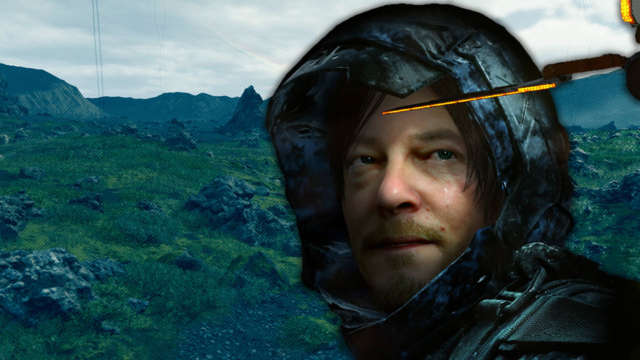
The products discussed here were independently chosen by our editors. GameSpot may get a share of the revenue if you buy anything featured on our site.
Death Stranding is a tricky beast. Kojima Productions created a truly unique game with a sci-fi narrative that kept many of us at GameSpot delivering packages until the wee early hours of the morning. Because it’s such an unusual game, it wasn’t easy to put this list together. Thankfully, after some hard thinking, we realized there are a lot of great games, movies, shows, and books that tap into the same things we love about Death Stranding.
In this article, we recommend different kinds of media that fit the themes, emotion, and vibes of Death Stranding, but we don’t go into any story spoilers. To be honest, nothing quite matches Death Stranding’s story, beat for beat, so don’t worry about this list spoiling it for you. We hope you’ll find something you end up loving, whether it’s a completely different video game with similar themes, a movie about hope and humanity, or a story about a particularly strange place.
We’ll come back to update this article if we discover any more experiences that come to mind for Death Stranding fans. For now, we hope you enjoy our suggestions–feel free to drop your own recommendations in the comments below!
Rain World (PS4, Switch, PC)
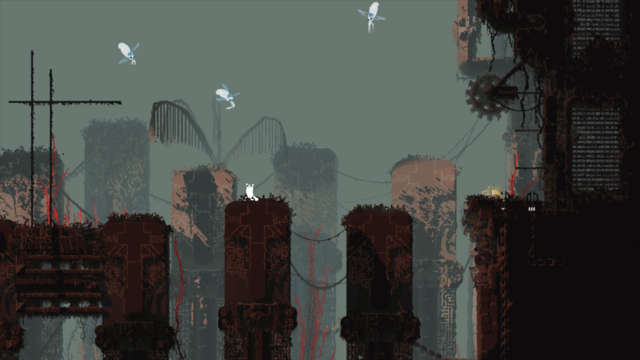
Rain World isn’t the same kind of game as Death Stranding at all–it’s a 2D side-scrolling action game that has more in common with the branching world, ambiguity, and unforgiving challenge of Dark Souls. But like Death Stranding, Rain World is also set in some kind of post-cataclysmic world that doesn’t outright explain the events that lead to its destruction. There are long, hugely demanding sections of Rain World where you have to deliver something, and how many of those things you deliver is directly proportional with both the difficulty of the self-appointed mission and the reward. Both games even have dangerous rain! But it’s really the mood of Rain World that I see in Death Stranding–Slugcat’s journey, like Sam’s, is full of mystery and danger, with small moments of comfort. Rain World can feel a little bleak at times, but surviving the worst it has to throw at you feels as fulfilling as completing a particularly demanding order in Death Stranding, whether you smartly mapped out your every move along the chosen route or just barely came out the other side flailing, but alive. | Chloi Rad
- See for PS4
- See for Switch
- See for PC (Steam)
Nier Automata (PS4, Xbox One, PC)
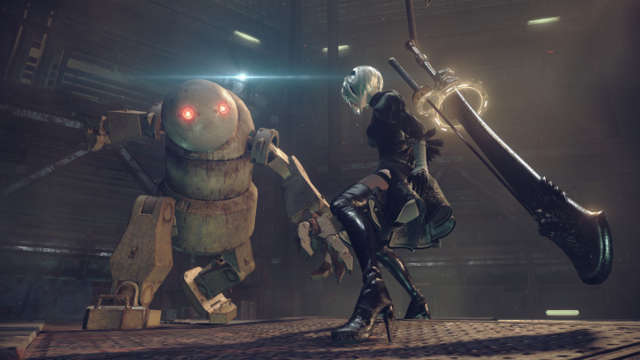
Nier Automata and Death Stranding could not be more different when it comes to gameplay–Nier Automata is all about huge action setpieces, split up by blistering character action, while Death Stranding rarely puts you into combat situations, focusing more on traversing a treacherous landscape to deliver a package. However, both feature a futuristic, sci-fi post-apocalypse that appears grim at first before surprising the player with moments that can make you laugh, cry, or even drop your jaw in awe. Like Death Stranding, Nier Automata explores what it means to be human and offer a helping hand in a desperate world longing to survive. Both games’ stories go some pretty wild places, and while Nier Automata is a bit darker than Death Stranding, its well worth playing if you haven’t already. | Mat Paget
- See for PS4 at Amazon
- See for Xbox One at Microsoft
- See for PC (Steam)
Children of Men (dir. Alfonso Cuarón)
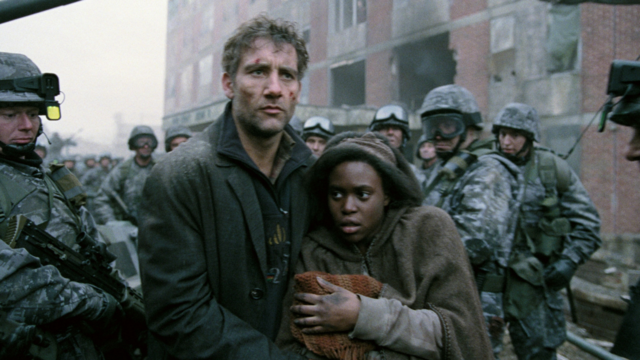
Death Stranding and Children of Men have a lot in common: an unexpected phenomenon that collapses civilization, one man tasked with shouldering a humanity’s worth of burdens to preserve the future… crying babies. It’s easier to relate Children of Men’s vision of the future with the more literal ills of our day than Death Stranding’s–infertility as a stand-in for the irreversible damage to humanity’s future caused by climate change and war and the resulting global refugee crisis. But don’t let Death Stranding’s sci-fi “weirdness” trick you into overcomplicating its themes. While less topical with its post-civilization horrors, Death Stranding is a love letter to the bonds humans share in the face of adversity and has the same earnest sense of optimism and hope for the future as Children of Men. | Chloi Rad
- See at Amazon
Arrival (dir. Dennis Villeneuve)
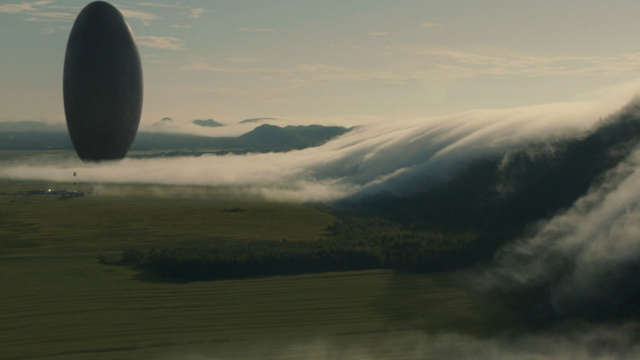
Death Stranding’s sprawling landscapes often deliver moments of ominous beauty, looking across the fields littered with rocks, rivers, and invisible ghosts. And every time you make your way up a hill towards a new destination, you’re never quite sure what lies just over the ridge: another beautiful vista or more invisible ghosts. However, I wouldn’t be surprised if–after getting to the top of that hill–I saw the events of Annihilation playing out below me. The gorgeous hills and valleys of Bas-Saint-Laurent, Quebec make an excellent setting for a benign, dread-inducing alien invasion, and while the plots of Death Stranding and Arrival don’t align much, the emotion and vibes of both feel very similar. | Mat Paget
- See at Amazon
Annihilation (dir. Alex Garland)

Alex Garland’s adaptation of the first novel from James VanderMeer’s Southern Reach trilogy is a peculiar one. A group of scientists explores an abandoned suburban town corrupted by extraterrestrial energy known as The Shimmer. What starts as an excursion into the unknown, seeing shockingly beautiful wonders therein, it eventually evolves into a story about depression and self-destruction. On the surface, Annihilation can feel a bit heady for its own good, yet it manages to tell a story that uses its alien landscape to present a very human story. Annihilation, much like the source material, is a part of the literary genre known as New Weird, which tends to focus on placing familiar places and events into unusual circumstances. In that regard, it feels achingly similar to the tone in Death Stranding’s world following its in-world cataclysmic event. | Alessandro Fillari
- See at Amazon
Stalker (dir. Andrei Tarkovsky)
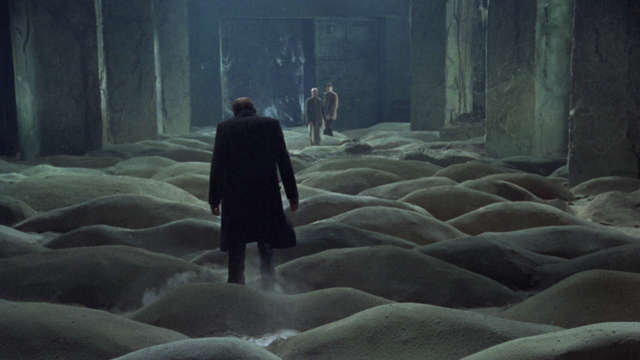
As a loose adaptation of Arkady and Boris Strugatsky’s Roadside Picnic, acclaimed filmmaker Andrei Tarkovsky takes the basic premise of an irradiated landscape with those that dare to explore it and runs with it. While post-disaster films tend to focus more on the spectacle and bombast, Stalker is a meditative journey into an irradiated world. Its main cast of characters don’t have names, only titles, making them more like archetypes for the larger purpose of telling its story about people confronting their desires and guilt in a desolate environment. Playing as Sam in Death Stranding inspires many of the same feelings I felt from Stalker, which made the journey in the game feel especially poignant and effective. | Alessandro Fillari
- See at Amazon
The Postman (dir. Kevin Costner)
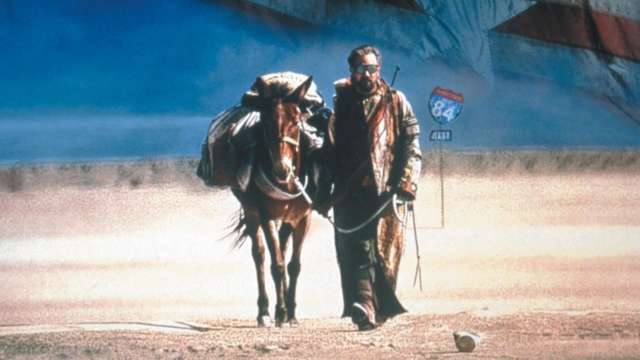
The Postman is not a great movie–you’ve probably seen it parodied before–but I think it’s worth watching if you’re still interested in the concept of rebuilding America through package delivery after playing Death Stranding. Set in 2013, Kevin Costner plays a man who puts on a postman’s uniform and carries a bag full of mail in a post-apocalyptic America. He spreads the word of a rebuilt government by delivering all of the mail, inspiring hope across the country. | Mat Paget
- See at Amazon
Hannibal
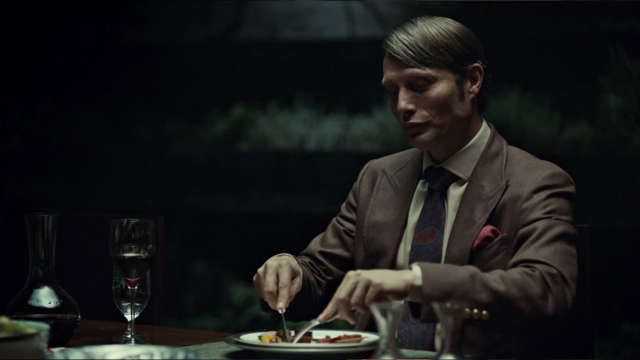
Hannibal is so good and so striking in its storytelling and imagery that it’s shocking that it ever survived three seasons on network TV. If you want to see more Mads Mikkelsen in a similar vein as his character from Death Stranding, then this might be your best bet. Mads’ acting in Hannibal is plentiful and exquisite. He doesn’t eat people in Death Stranding, nor does he have skeleton soldiers in Hannibal, but the sophisticated, personal moments between him and BB evoke his performance as Hannibal Lector. In Hannibal, Mads is a suave, cultured psychologist that’s helping the FBI solve serial killer cases. Of course, he’s also Hannibal Lecter–fiction’s most famous cannibal–so he’s up to his own business that no one is quite wise to yet–it’s eating people. | Mat Paget
- See at Amazon
Dark
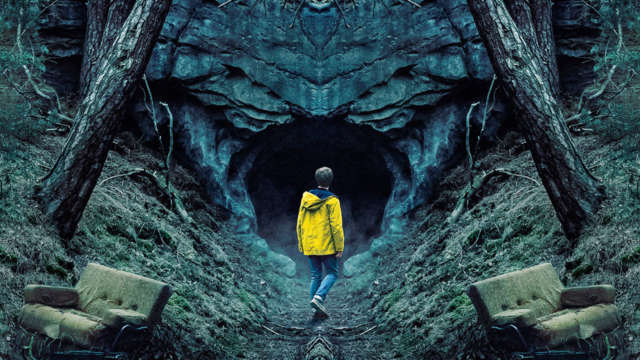
Dark and Death Stranding’s stories have very little, if not nothing in common, but like Arrival, there are a lot of emotional, visual, and thematic similarities. Dark takes place in a German town where children are going missing near a mysterious cave. It’s full of mystery and will keep your mind at work for days, thinking up theories of what’s happening and where things will go. There’s even a guy who looks like Sam Bridges in the middle of a delivery. | Mat Paget
- See at Netflix
Roadside Picnic
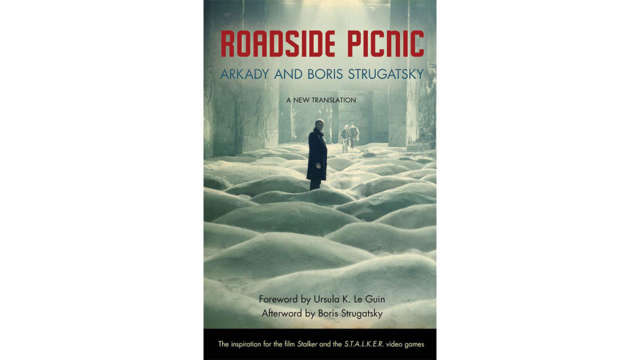
There’s a moment in Arkady and Boris Strugatsky’s Roadside Picnic that I think about a lot. Redrick, the book’s protagonist, experiences a split-second hallucination involving solid, alien shapes invading the air around him like a sudden tear in reality itself. He has no idea why it happens, other than perhaps his exposure to The Zone–huge, government-quarantined areas of land tainted by a brief extraterrestrial event known as The Visitation. Redrick is a “stalker,” a self-designated explorer of these zones who ventures in against regulation to seek out rare alien artifacts. The world of Death Stranding is not unlike Roadside Picnic (and also STALKER, both the film and video game based on it)–it’s a harsh, strange, unforgiving landscape full of unexplainable anomalies, forever changed by some past cataclysm. But it’s also one where people are still living their lives, as best they can. Porters remind me a lot of Roadside Picnic’s stalkers–explorers specially equipped to navigate the sometimes horrifying demands of this new world, even if those journeys are physically and emotionally draining. Only unlike stalkers, who collect artifacts for personal profit, porters venture into the unknown to give back to the world, not take from it. | Chloi Rad
- See at Amazon
Girls’ Last Tour
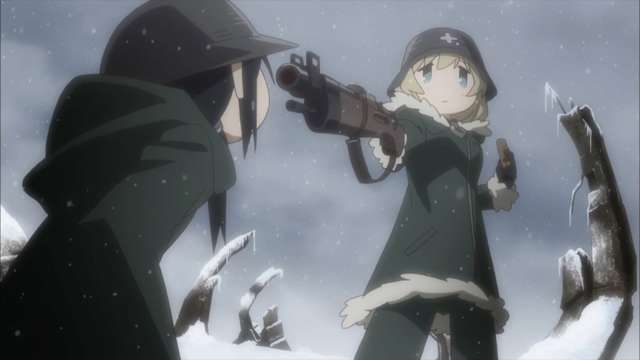
Girls’ Last Tour is a post-apocalyptic manga written and illustrated by Tsukumizu. It follows two girls, Yuuri and Chito, in their surprisingly mundane day-to-day travels through a desolate, war-torn industrial wasteland. Despite the obvious signs of tragedy and decay all around them, Yuuri and Chito enjoy life as much as they can, finding joy in the small things, like finding a box of rations, doing laundry, or listening to the rain. Death Stranding’s world is more obviously hostile and dangerous than what Yuuri and Chito face, but both works revel in those small, mundane reprieves–during one particularly challenging route in Death Stranding, I took a moment to let Sam nap in a cave, while a song from a nearby player-constructed generator drifted in behind the sound of the rain. Like Girls’ Last Tour, Death Stranding is also unexpectedly optimistic, and both stories do a great job feeling both incredibly lonely, but also full of love for what’s left of the world and people its characters come across. | Chloi Rad
- See the manga at Amazon
- See the anime at Prime Video
The Lord of the Rings Trilogy
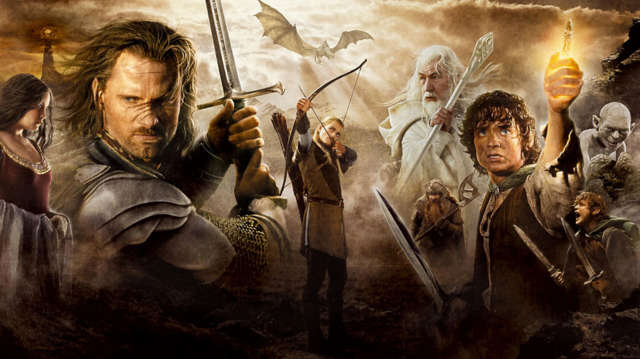
Alright, you may think I’m joking, but I’m not–but also, I kinda am. Sam Bridges’ journey in Death Stranding tasks him with crossing America to reconnect the country. Frodo’s journey in Lord of the Rings puts him on the path across Middle-earth to throw the One Ring into the fiery pits of Mount Doom. Both Death Stranding and Lord of the Rings are about creating relationships and helping your friends in the face of a seemingly impossible challenge. Also, replace Norman Reedus with a hobbit, and you might even trick yourself into thinking you’re walking across Middle-earth, as the varied landscapes evoke many of the locales found in Peter Jackson’s movie trilogy. | Mat Paget
- See the movies at Amazon
- See the books at Amazon